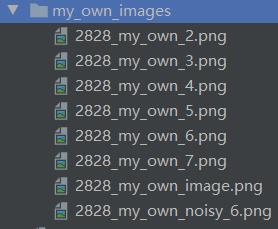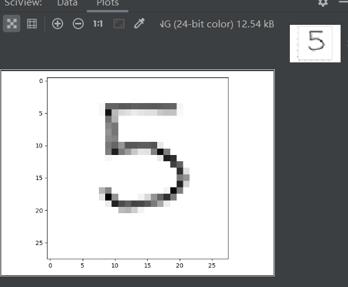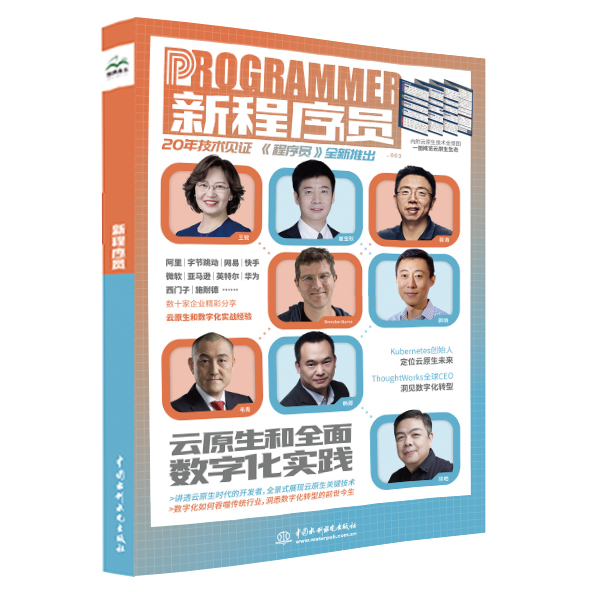深度学习入门实战----利用神经网络识别自己的手写数字
Posted 码农男孩
tags:
篇首语:本文由小常识网(cha138.com)小编为大家整理,主要介绍了深度学习入门实战----利用神经网络识别自己的手写数字相关的知识,希望对你有一定的参考价值。
如何创建自己的手写数字呢?
参考:深度学习入门--MNIST数据集及创建自己的手写数字数据集
一、定义神经网络
class neuralNetwork:
# initialise the neural network
def __init__(self, inputnodes, hiddennodes, outputnodes, learningrate):
# set number of nodes in each input, hidden, output layer
self.inodes = inputnodes
self.hnodes = hiddennodes
self.onodes = outputnodes
# link weight matrices, wih and who
# weights inside the arrays are w_i_j, where link is from node i to node j in the next layer
# w11 w21
# w12 w22 etc
self.wih = numpy.random.normal(0.0, pow(self.inodes, -0.5), (self.hnodes, self.inodes))
self.who = numpy.random.normal(0.0, pow(self.hnodes, -0.5), (self.onodes, self.hnodes))
# learning rate
self.lr = learningrate
# activation function is the sigmoid function
self.activation_function = lambda x: scipy.special.expit(x)
pass
# train the neural network
def train(self, inputs_list, targets_list):
# convert inputs list to 2d array
inputs = numpy.array(inputs_list, ndmin=2).T
targets = numpy.array(targets_list, ndmin=2).T
# calculate signals into hidden layer
hidden_inputs = numpy.dot(self.wih, inputs)
# calculate the signals emerging from hidden layer
hidden_outputs = self.activation_function(hidden_inputs)
# calculate signals into final output layer
final_inputs = numpy.dot(self.who, hidden_outputs)
# calculate the signals emerging from final output layer
final_outputs = self.activation_function(final_inputs)
# output layer error is the (target - actual)
output_errors = targets - final_outputs
# hidden layer error is the output_errors, split by weights, recombined at hidden nodes
hidden_errors = numpy.dot(self.who.T, output_errors)
# update the weights for the links between the hidden and output layers
self.who += self.lr * numpy.dot((output_errors * final_outputs * (1.0 - final_outputs)),
numpy.transpose(hidden_outputs))
# update the weights for the links between the input and hidden layers
self.wih += self.lr * numpy.dot((hidden_errors * hidden_outputs * (1.0 - hidden_outputs)),
numpy.transpose(inputs))
pass
# query the neural network
def query(self, inputs_list):
# convert inputs list to 2d array
inputs = numpy.array(inputs_list, ndmin=2).T
# calculate signals into hidden layer
hidden_inputs = numpy.dot(self.wih, inputs)
# calculate the signals emerging from hidden layer
hidden_outputs = self.activation_function(hidden_inputs)
# calculate signals into final output layer
final_inputs = numpy.dot(self.who, hidden_outputs)
# calculate the signals emerging from final output layer
final_outputs = self.activation_function(final_inputs)
return final_outputs二、训练过程
# number of input, hidden and output nodes
input_nodes = 784
hidden_nodes = 200
output_nodes = 10
# learning rate
learning_rate = 0.1
# create instance of neural network
n = neuralNetwork(input_nodes, hidden_nodes, output_nodes, learning_rate)
# load the data training data CSV file into a list
training_data_file = open("mnist_dataset/mnist_train.csv", 'r')
training_data_list = training_data_file.readlines()
training_data_file.close()
# train the neural network
# epochs is the number of times the training data set is used for training
epochs = 10
for e in range(epochs):
# go through all records in the training data set
for record in training_data_list:
# split the record by the ',' commas
all_values = record.split(',')
# scale and shift the inputs
inputs = (numpy.asfarray(all_values[1:]) / 255.0 * 0.99) + 0.01
# create the target output values (all 0.01, except the desired label which is 0.99)
targets = numpy.zeros(output_nodes) + 0.01
# all_values[0] is the target label for this record
targets[int(all_values[0])] = 0.99
n.train(inputs, targets)
pass
pass三、加载自己的手写数字数据集,作为测试集
将自己的手写数字集放在当前目录下,例如如下图所示:

# our own image test data set
our_own_dataset = []
# load the png image data as test data set
for image_file_name in glob.glob('my_own_images/2828_my_own_?.png'):
# use the filename to set the correct label
label = int(image_file_name[-5:-4])
# load image data from png files into an array
print("loading ... ", image_file_name)
img_array = imageio.imread(image_file_name, as_gray=True)
# reshape from 28x28 to list of 784 values, invert values
img_data = 255.0 - img_array.reshape(784)
# then scale data to range from 0.01 to 1.0
img_data = (img_data / 255.0 * 0.99) + 0.01
print(numpy.min(img_data))
print(numpy.max(img_data))
# append label and image data to test data set
record = numpy.append(label, img_data)
our_own_dataset.append(record)
pass
# test the neural network with our own images
# record to test
item = 3
# plot image
matplotlib.pyplot.imshow(our_own_dataset[item][1:].reshape(28, 28), cmap='Greys', interpolation='None')
matplotlib.pyplot.show()
# correct answer is first value
correct_label = our_own_dataset[item][0]
# data is remaining values
inputs = our_own_dataset[item][1:]
# query the network
outputs = n.query(inputs)
print(outputs)
# the index of the highest value corresponds to the label
label = numpy.argmax(outputs)
print("network says ", label)
# append correct or incorrect to list
if (label == correct_label):
print("match!")
else:
print("no match!")
pass四、结果展示


 《新程序员》:云原生和全面数字化实践
《新程序员》:云原生和全面数字化实践
 50位技术专家共同创作,文字、视频、音频交互阅读
50位技术专家共同创作,文字、视频、音频交互阅读
以上是关于深度学习入门实战----利用神经网络识别自己的手写数字的主要内容,如果未能解决你的问题,请参考以下文章